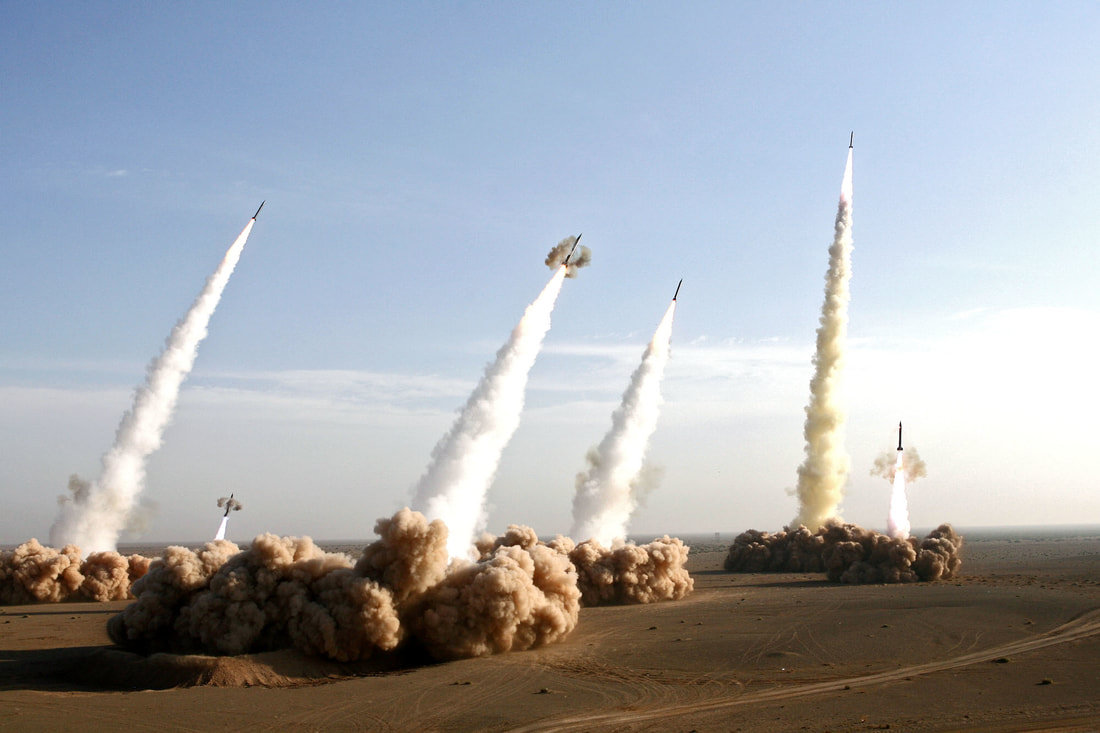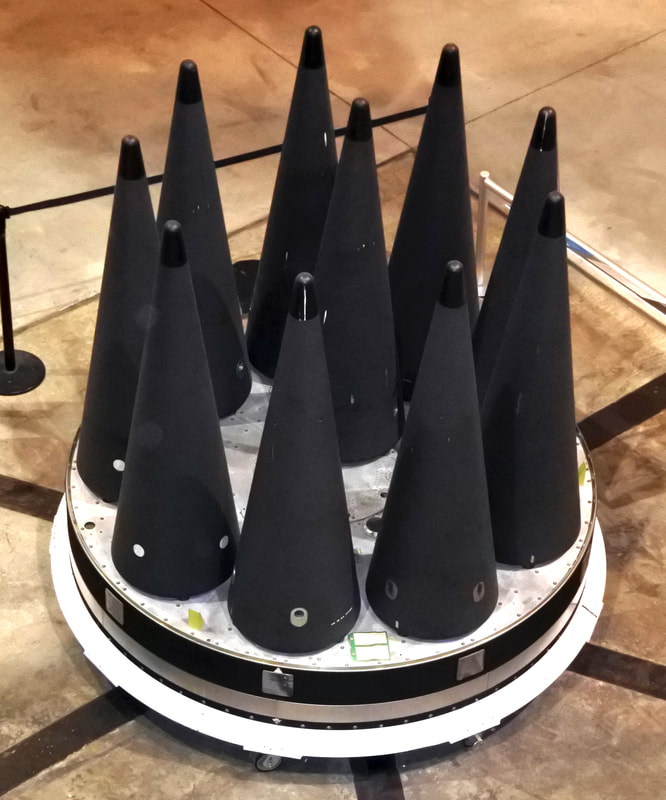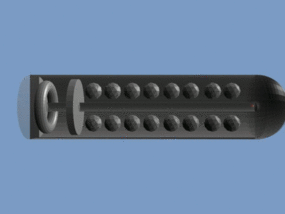|
FABRICATION MATERIALS Missiles are generally made from aluminium and its alloys, steel, magnesium and titanium. The major concern is the strength-to-weight ratio of the material. Higher this ratio the better. On account of the high temperatures encountered by missiles flying at supersonic speeds and needs for lighter materials, newer materials are coming into usage. Fibre-reinforced plastics (FRP) like the carbon-carbon variety, graphite compounds, molybdenum, beryllium, etc. Some of the important factors calling for adequate caution during material selection are as follows:
Warheads The only purpose of the missile is to deliver a warhead to the target. The function of the warhead is to damage the target. The warhead is located in the missile. In most of the tactical missiles, the warhead is based on conventional chemical explosives called high explosive. The nuclear based warheads are deployed only in strategic and certain tactical missiles. Here, we shall discuss the non-nuclear high explosive warheads and kinetic energy warheads. These are specifically designed for different roles:
Shaped Charge Warhead Most anti-tank gun projectiles, rockets and guided missiles use this type of warhead. In this on impact or on a signal the warhead is detonated and high velocity finejet (8-9 krnls) of a molten metal like copper or aluminium emerges from the front end of the missile and due to its high velocity, penetrates the thick armour steel plates of tanks or armoured personnel carriers. The high explosive used here is shaped like a hollow cone, the internal surface of which is lined with high purity copper of uniform thickness. On detonation, this copper cone liner melts and forms a focused jet. They are also used at times against concrete pillboxes, etc. The armour toughness and thickness have been improving and to match these, the warheads have also been improving in lethality. Latest armour types are reactive armour and composite armour. The characteristic of the shaped charge warhead jet is that it loses its lethality if deflected. This is achieved by having the upper layer of armour filled with explosive which explodes on being hit by the charge and thereby deflects the jet. The same objective is also achieved by having composite (multilayered) armour on the tanks. The former is overcome by providing twin warheads in the missile which detonate sequentially which is a fraction of a millisecond. The first warhead (smaller) wastes the reactive part of the armour and the second warhead (main) pierces the armour. The composite type of amour is also defeated by the use of kinetic energy warheads which can penetrate the most advanced armours. Here the damage is done through the use of a high velocity, high density rod (about 1400 m/s velocity and tungsten alloy material). These warheads essentially need guidance such that the missile must impact on the target. Fragmentation Warhead These warheads are used in missiles against aircraft or missiles, light vehicles or persons. In this case the warhead explodes and a large number of metallic fragments are dispersed at high velocities like 2000 m/s in all directions in a desired speed pattern. The warhead here consists of high explosive chemical with either a metallic casing around with grooving carved in it to facilitate fragmentation of desired size and shape or a large number of small metallic cubes or spheres. The damage or lethal capability of these warheads is measured by the number of fragments hitting the target and the energy content of these fragments (which is a function of mass and velocity of these fragments). These warheads are used when direct hit is difficult because of high velocity of target aircraft and limitations of guidance. The warhead is triggered within close proximity of the target. Blast-cum-Earth Shock
This type is for damaging radars, buildings and even human beings. The damaging effect is achieved through the creation of a high pressure wave (blast) which spreads around from the point of blast. Upto a certain distance the pressure created is adequate to do the damage. In another type the shock waves are generated and propagated through the ground. This can damage the foundations of buildings and destroy them. Runway Penetrators They are also specially designed warheads which first penetrate the runway concrete surface because of their kinetic energy and then blast creating huge craters and upheaval of the runway. Incendiary Type Fuzes These types of warheads are carried by surface attack missiles to cause large-scale fire, etc., where the targets could be fuel dumps and ammunition depots. Leave a Reply. |
AuthorPalash Choudhari Archives
June 2021
Categories
All
|




 RSS Feed
RSS Feed
